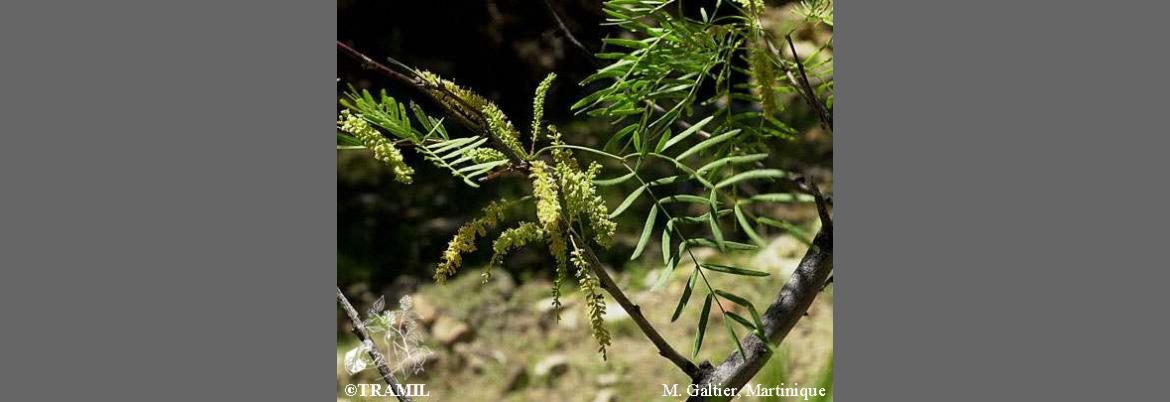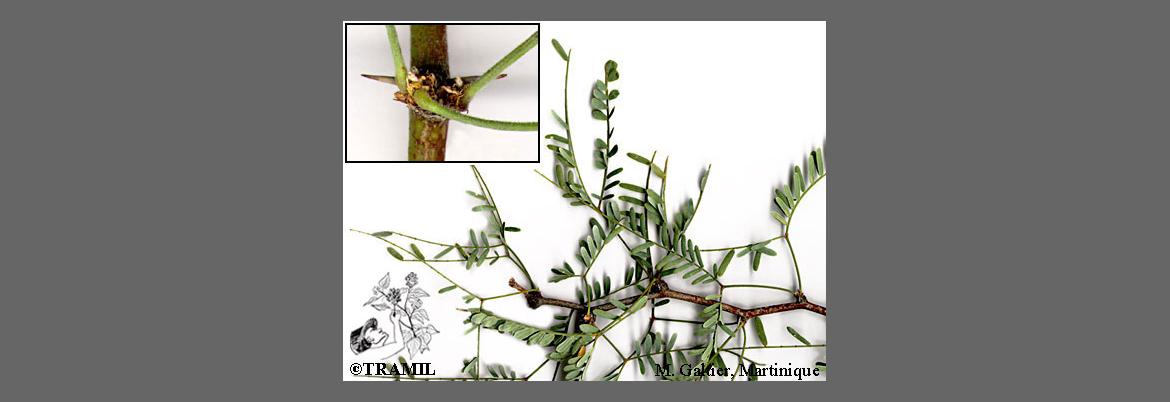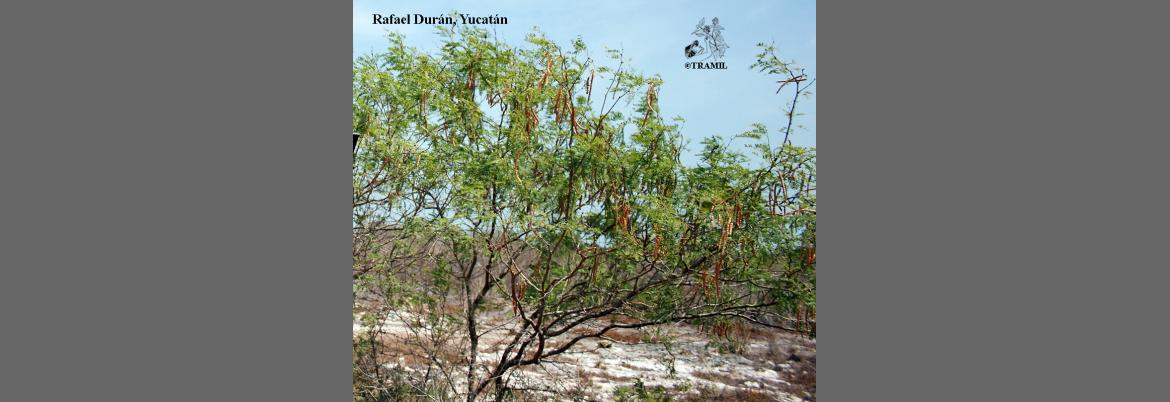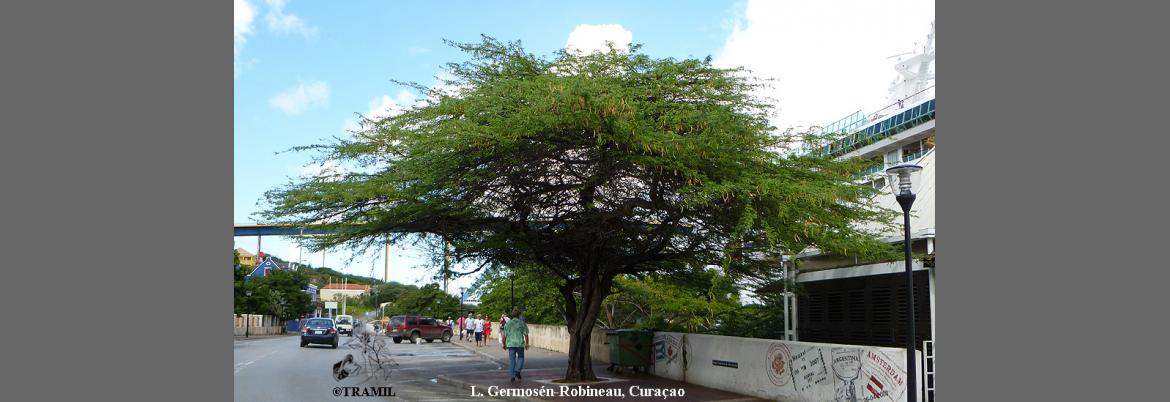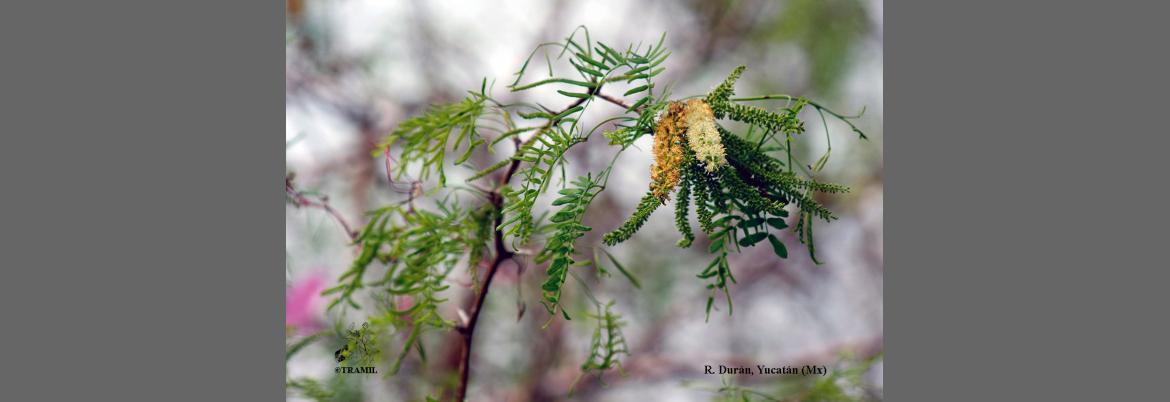1 WENIGER B, ROUZIER M, 1986 Enquête TRAMIL. Service Oecuménique d'Entraide SOE, Port au Prince, Haïti.
2 ZWAVING J, 1986 Selección fitoquímica preliminar en algunas plantas TRAMIL. Dép. de Pharmacognosie, Universidad de Groningen, Groningen, Nederland.
3 AHMAD V, BASHA A, HAQUE W, 1978 New alkaloids from Prosopis juliflora. Z Naturforsch Ser 33:347.
4 OTT-LONGONI R, VISWANATHAN N, HESSE M, 1980 The structure of the alkaloid juliprosopine from Prosopis juliflora. Helv Chim Acta 63:2119-2129.
5 WILLAMAN J, LI H, 1970 Alkaloid-bearing plants and their contained alkaloids, 1957-1968. Lloydia 33(3A)Supp.
6 AHMAD VU, SULTANA A, 1989 A terpenoid diketone from the leaves ofProsopis juliflora. Phytochemistry 28(1):278-279.
7 MALHOTRA S, MISRA K, 1981 3,3'-di-O-methylellagic acid 4-0-rhamnoside from the roots of Prosopis juliflora. Phytochemistry 20(8):2043-2044.
8 SHUKLA NEE RV, MISRA K, 1981 Two flavonoid glycosides from the bark of Prosopis juliflora. Phytochemistry 20(1):339-340.
9 MALHOTRA S, MISRA K, 1981 An ellagic acid glycoside from the pods of Prosopis juliflora. Phytochemistry 20:860-861.
10 DUKE JA, ATCHLEY AA, 1986 Handbook of proximate analysis tables of higher plants.Boca Raton, USA: CRC Press. p134.
11 LE GRAND A, WONDERGEM PA, 1986 Activités antimicrobiennes et études bibliographiques de la toxicologie de dix plantes médicinales de la Caraïbe. Rapport TRAMIL. Dép. de Pharmacognosie, Universités de Groningen & Leyden, Hollande.
12 DHAWAN BN, PATNAIK GK, RASTOGI RP, SINGH KK, TANDON JS, 1977 Screening of Indian plants for biological activity. VI. Indian J Exp Biol 15(3):208-219.
13 CACERES A, MENENDEZ H, MENDEZ E, COHOBON E, SAMAYAO BE, JAUREGUI E, PERALTA E, CARRILLO G, 1992 Antigonorrheal activity of plants used in Guatemala for the treatment of sexually transmitted diseases. Facultad de Ciencias Químicas y Farmacia, Universidad de San Carlos, Guatemala, Guatemala.
14 AQEEL A, KHURSHEED AK, VIQARUDDIN A, SABIHA Q, 1989 Antimicrobial activity of julifloricine isolated from Prosopis juliflora. Arzneimittelforschung 39(6):652-655.
15 AHMAD A, KHAN KA, AHMAD VU, QAZI S, 1988 Antibacterial activity of an alkaloidal fraction of Prosopis juliflora. Fitoterapia 59(6):481-484.
16 KHURSHEED AK, Arshad HF, VIQARUDDIN A, Sabiha Q, ShEikh AR, Tahir SH, 1986 In vitro studies of antidermatophytic activity of juliflorine and its screening as carcinogen in Salmonella/microsome test system. Arzneimittelforschung 36(1):17-19.
17 HERRERA J, 1990 Determinación de actividades biológicas de vegetales utilizados en medicina tradicional. Informe TRAMIL. Dep. de Farmacología, Facultad de Salud, Universidad del Valle, Cali, Colombia.
18 DUKE JA, 1988 Handbook of medicinal herbs. Boca Raton, USA: CRC Press.
19 FOX EC, 1941 Mesquite wood dermatitis. Arch Ama Dermatol Syphilol 44:1098.
20 THAKUR IS, 1986 Fractionation and immunochemical characterization of Prosopis juliflora pollen allergen. Biochem Int 13(6):951-960.
21 THAKUR IS, SHARMA JD, 1985 Isolation and characterization of allergens of Prosopis juliflora pollen grains. Biochem Int 11(6):903-912.



